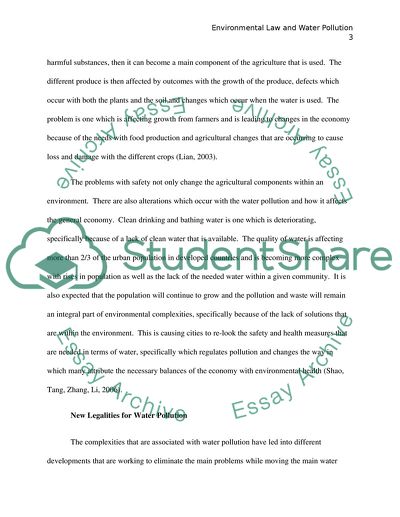Cite this document
(Environmental Law and Water Pollution Term Paper, n.d.)
Environmental Law and Water Pollution Term Paper. Retrieved from https://studentshare.org/law/1745892-state-water-protection-laws-that-focus-on-environment
Environmental Law and Water Pollution Term Paper. Retrieved from https://studentshare.org/law/1745892-state-water-protection-laws-that-focus-on-environment
(Environmental Law and Water Pollution Term Paper)
Environmental Law and Water Pollution Term Paper. https://studentshare.org/law/1745892-state-water-protection-laws-that-focus-on-environment.
Environmental Law and Water Pollution Term Paper. https://studentshare.org/law/1745892-state-water-protection-laws-that-focus-on-environment.
“Environmental Law and Water Pollution Term Paper”, n.d. https://studentshare.org/law/1745892-state-water-protection-laws-that-focus-on-environment.


